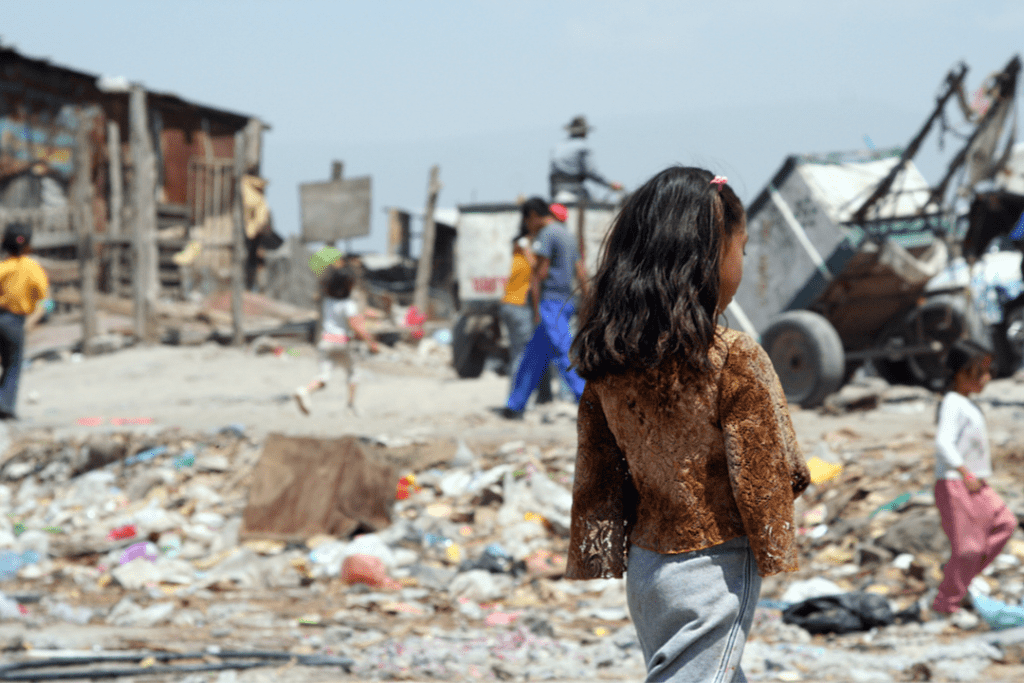At this rate, a 10-year-old girl today will never in her lifetime see the day when all women in Australia feel safe walking alone at night.
Meanwhile, a 10-year-old girl in Kenya today will be 100 years old by the time every girl in her country has access to at least some level of secondary education.
In Indonesia, a 10-year-old girl will be almost 40 by the time there are sufficient laws on workplace gender equality. For girls in Guatemala and Senegal, those laws will be beyond their lifetime.
If you’re not alarmed by this, you’re not paying attention. We have only a few short years left to meet the 2030 Sustainable Development Goals set by the UN, or to take the level of action needed to avert a climate crisis: deadlines we can’t afford to miss if we want our world to be a generally decent place to live. And on every single measure – from the economy to health care to climate change and everything in between – the world simply cannot advance while 50 per cent of the population is held back.
Yet despite the urgency, we’re seeing little to no progress. A new gender equality index shared today by Plan International, the charity for girls’ equality, finds that one in every three countries worldwide have made no progress at all on advancing gender equality in the past five years, or worse still, have moved in the wrong direction.
The picture isn’t much better in Australia. According to the index – produced by Equal Measures and backed by the world’s leading gender equality organisations – Australia has only made a modicum of progress in the past five years, failing to take the significant and urgent steps needed to bring forward the day when girls and women can live safe from violence, be paid equally to their male colleagues or any of the other essentials of an equal society.
At Plan International, we always say that a better now for girls means a better future for everyone. A powerful case in point: if every 10-year-old girl globally had the chance to complete secondary education, they would lift the economies of the poorest nations by USD$21 billion every year.
We also know, without doubt, according to research by the Brookings Institute and others, that advancing gender equality is one of the most under-resourced paths towards climate justice. Educating girls and empowering women can have transformative benefits for the planet – unlocking green jobs, driving innovative community-led adaptation solutions, and building the social and economic conditions for a world that values people and planet. The devastating floods on the east coast of Australia show just how urgent this is, and as the IPCC warned just last week, the worst is yet to come.
The 10-year-old girl matters more than you can imagine. The UN has made clear that she is the ultimate test of our world’s progress: how we invest in and support her today will determine what our world will look like in 2030, the deadline for achieving the Sustainable Development Goals, which promise a path to a healthy, peaceful and economically fair future. No pressure, but the 10-year-old girl is pretty much the key to prosperity for our whole planet.
There is, as you might assume, a stark contrast between the wealth of countries at the top and bottom of the gender equality index: richer countries are doing better on gender equality than poorer countries. The lottery of where you’re born truly dictates your freedom, safety and opportunity. The reality is, that means more than 3 billion women and girls – 80 per cent of us – are living in countries that score poor, or very poor, when it comes to gender equality.
At the current rate, an estimated 219 million women in Asia and the Pacific won’t have access to modern contraception in 2030. Meanwhile, more than twice that number – some 470 million women in Asia Pacific – will not have attained secondary education. Hand in hand, those two statistics can spell increases in child marriage, economic burden, gender based violence and more.
For the Australian Government, this would be a devastating setback to its aims of advancing gender equality in the region. A feminist foreign policy – that is, a foreign policy that places gender equality as a central goal – would unlock extraordinary benefits not only for the girls whose future could instead be one of education and empowerment, but for our broader efforts to build a stable, peaceful, economically prosperous region.
For those living through the urgent humanitarian crises sweeping the world, from the worst global hunger crisis this century, to the people fleeing war in Ukraine, there’s even less time to wait. Whenever crises strike, women and girls are the hardest hit.
We’ve been patient for too long. We need to move beyond ‘that’s how things are’ to ‘this is how things change’. What that requires is hope.
And here’s the upside: no one is more hopeful than the 10-year-old girl. Have you ever met her, or been her? Anything is within reach. There’s nothing she can’t do.
But if today’s 10-year-old girl is going to have every opportunity she deserves, she needs us to get there much more quickly. Yes, things are moving in the right direction, but we’re not there yet, and the pace is far too slow. I don’t want that 10-year-old girl to have to wait out a lifetime to feel safe in the street or the home or the workplace, or for other basic tenets of equality that may never come.
Being told to be grateful that things are at least changing, however slowly, feels a lot like being told to smile. I’m tired of applauding painfully slow, incremental progress. It’s time to get impatient. Happy International Women’s Day, let’s get to it.


